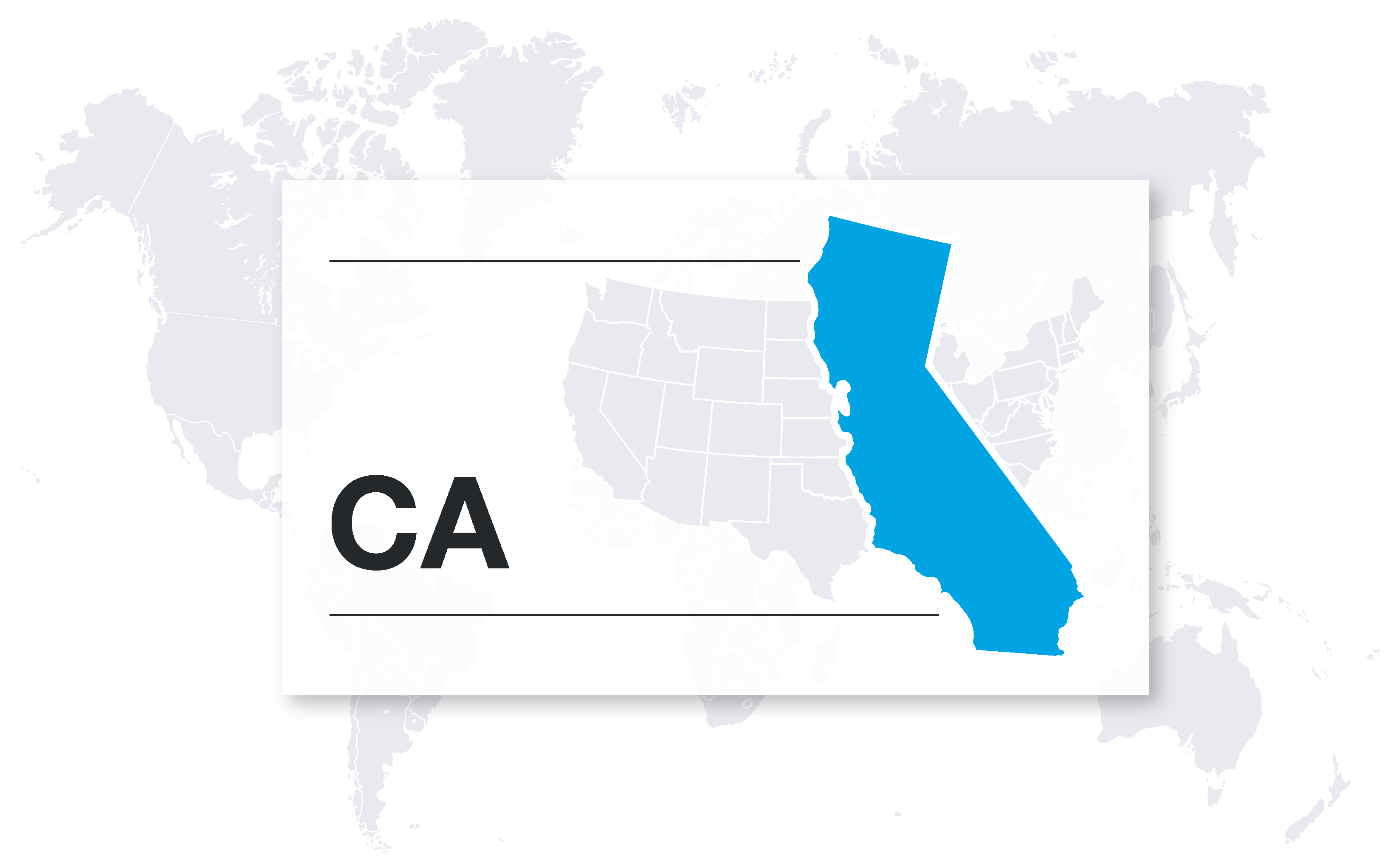
![]()
Pay data reporting season is underway in California, as the state’s reporting portal opened Feb. 1, 2024. This year, organizations are required to report on three new data points.
The 2024 deadline for submitting SB 1162’s required pay data report including annual mean and median pay data is May 8. Below we’ll take a look at what all is required for employers to maintain compliance this year.
What Employers Need to Know
California updated its pay data reporting website for the 2024 reporting cycle and there are a few key changes for employers to include in this year’s reporting.
This year’s payroll employee template introduces three new required data points for each group of employees by establishment, job category, race/ethnicity, sex, and pay band:
- The number of employees in the group that work onsite.
- The number of employees in the group that work remotely from California.
- The number of employees in the group that work remotely outside of California.
Employers will submit their pay data reports through the online portal beginning Feb. 1. The deadline to submit payroll and labor contractor employee reports is May 8. Additionally, the Civil Rights Department (CRD) updated its Microsoft Excel templates, which are designed to help employers compile and submit the necessary information.
For further information, the CRD updated its FAQ section on the website.
Existing Reporting Requirements
All organizations that employ 100 or more employees hired through labor contractors are required to file pay data reports. Additionally, employers with 15 or more employees — with at least one of those employees located in California — must disclose pay ranges in all job listings.
Pay data reports must include both the mean and median hourly wages broken down by race, ethnicity, and gender for each job category. Employers are not allowed to submit an EEO-1 report instead of a pay data report.
Employers are required to track job titles and wage rates for each of their job positions and maintain records for the duration of an employee’s tenure, plus three years following termination, to comply with pay data retention requirements. In addition to the three new requirements, your report will need to include:
- Mean and median hourly pay rates for employees by gender and race/ethnicity in specific job categories.
- Number of employees by gender, race/ethnicity, whose earnings fall within each of the pay bands used by the U.S. Bureau of Labor Statistics in its Occupational Employment Statistics survey.
- Total number of hours worked by each employee in each pay band during the reporting year.
In What You Need to Know About California’s SB 1162 Pay Equity Law, we provide some additional detail about the law and its requirements, along with several fictitious examples of organizations taking steps to ensure compliance.
Keep in mind that while legal requirements and potential penalties certainly provide an impetus for employers to be equitable and transparent with their pay practices, that’s not the only reason to do so. Equity and transparency matter to employees — and potential employees too. According to Josh Bersin’s pay equity study, “pay equity has now become more important to workers than their level of pay.”
Background of California SB 1162
Since 2020, California has mandated that employers with at least 100 employees submit a pay data report to the CRD as part of its efforts to advance fair pay.
The reporting requires annual submissions detailing pay and hours worked for employees in California, or who are part of a California establishment, categorized by establishment, job category, race/ethnicity, and sex.
In 2022, the reporting requirements expanded to require reporting on both “payroll employees” (workers on an employer’s payroll) and “labor contractor employees” (workers not on an employer’s payroll who are engaged in the employer’s usual course of business).
The penalty for failing to comply with the California pay data reporting law is $100 per employee for the first offense and $200 per employee for subsequent failures.
Prepare Pay Data with a Pay Equity Audit
Preparing to submit your data should start with a pay equity audit to identify, address, and correct any pay disparities. This process will help you identify what your compensation data looks like so you can file subsequent reports with confidence.
By performing a pay audit you will be able to catch and address any “unintended” illegal pay practices and fix any issues before submitting your report. That could result in significant penalties saved (initially $100/impacted employee).
Leveraging Trusaic’s pay equity software and resources will ensure you remain in compliance with all of your California pay data reporting requirements.



